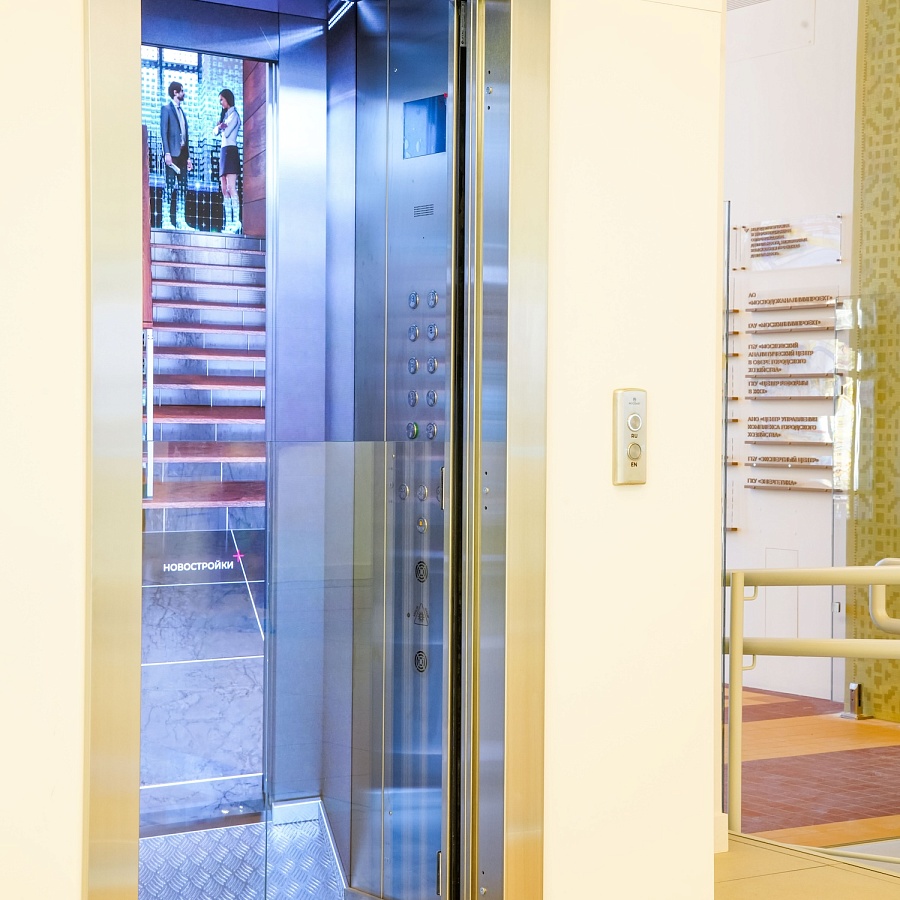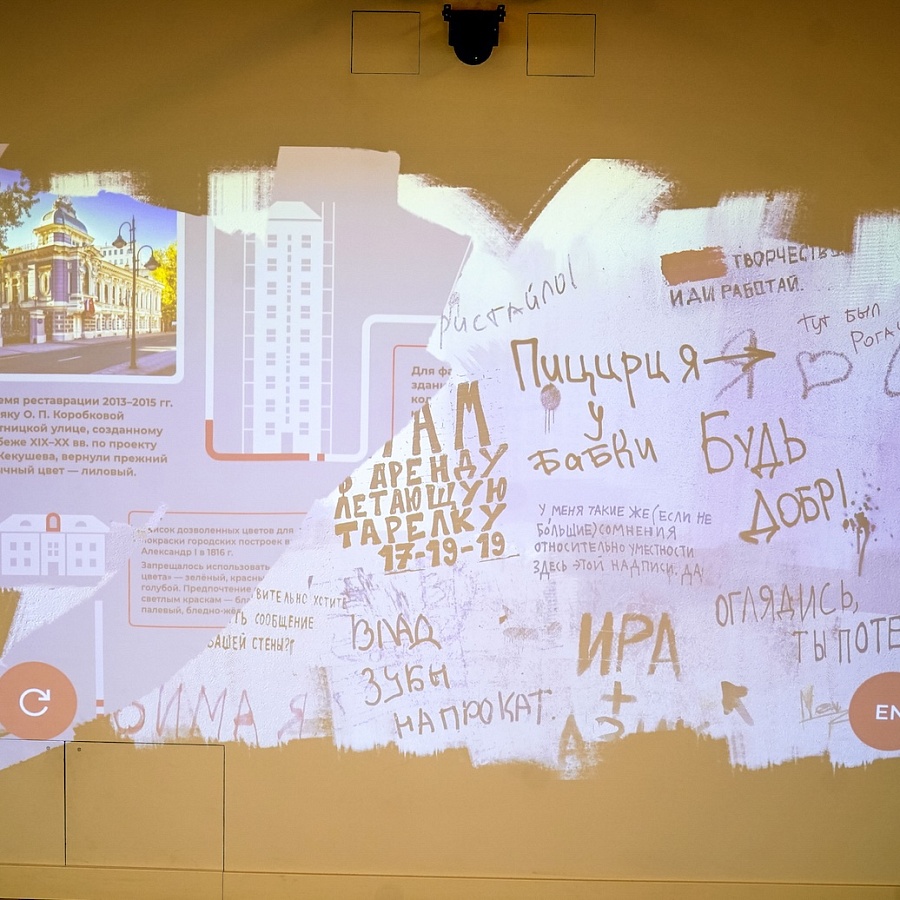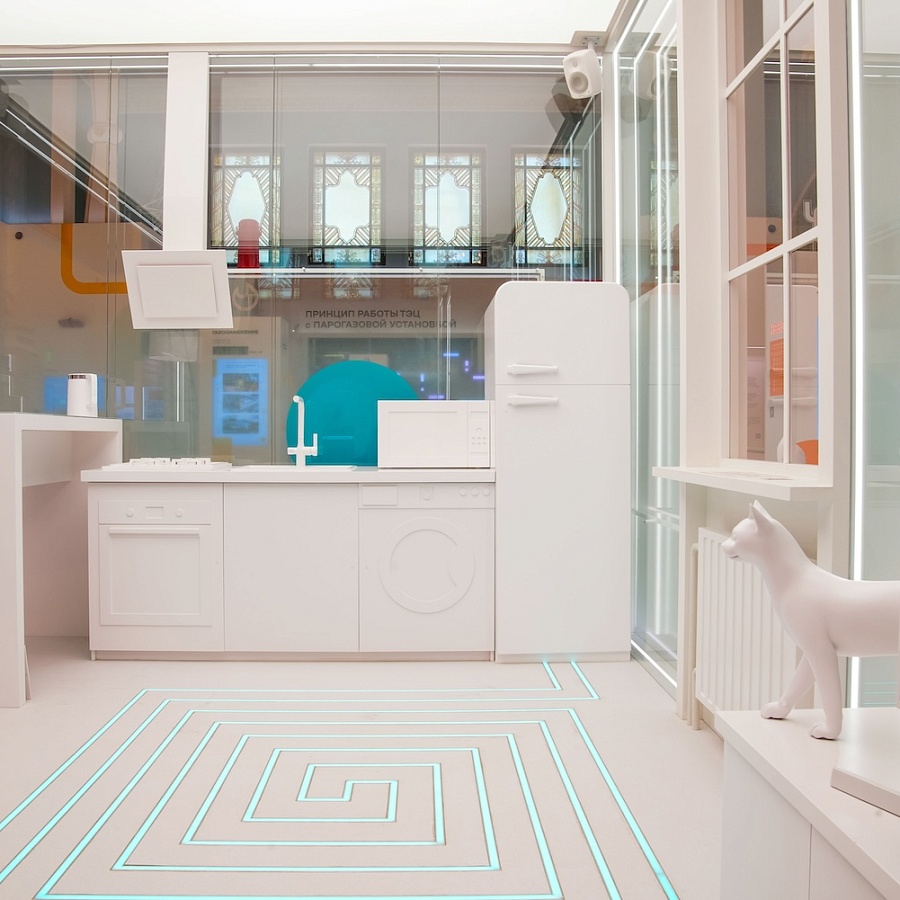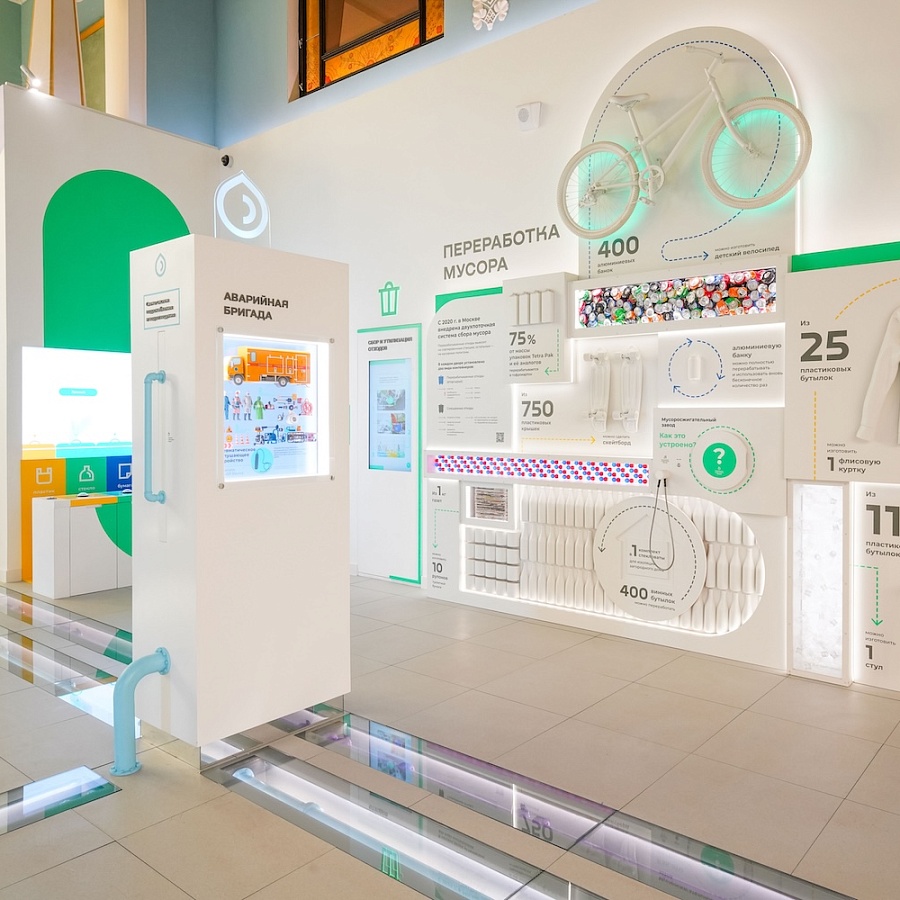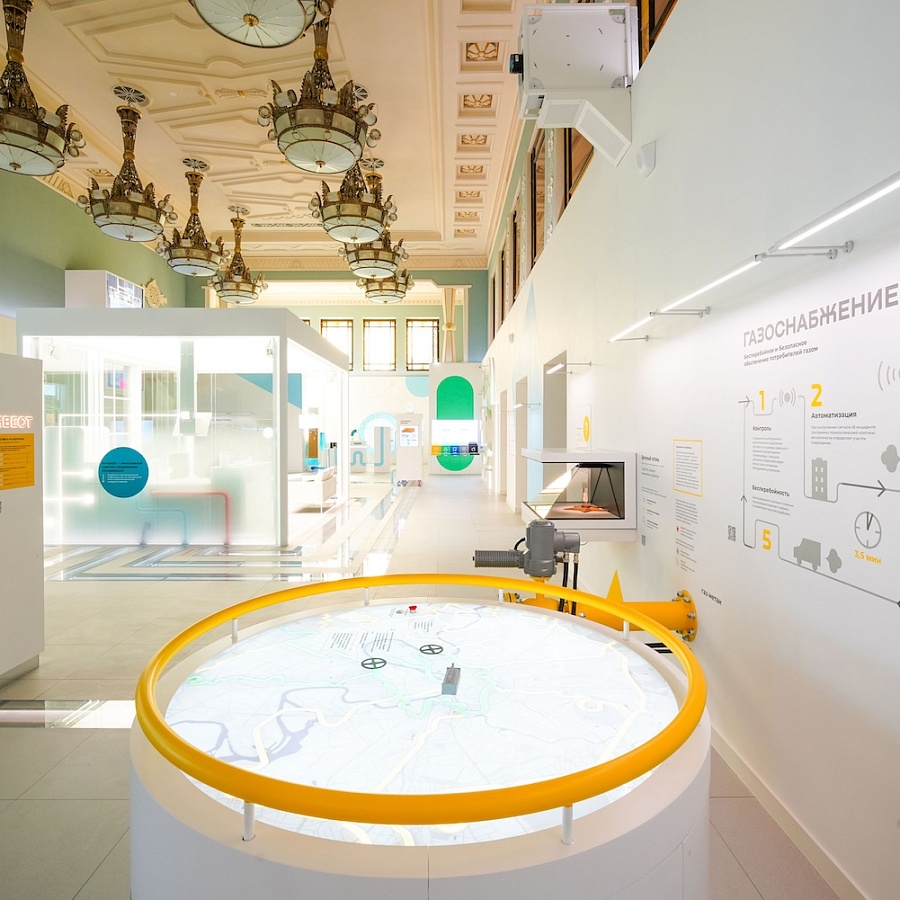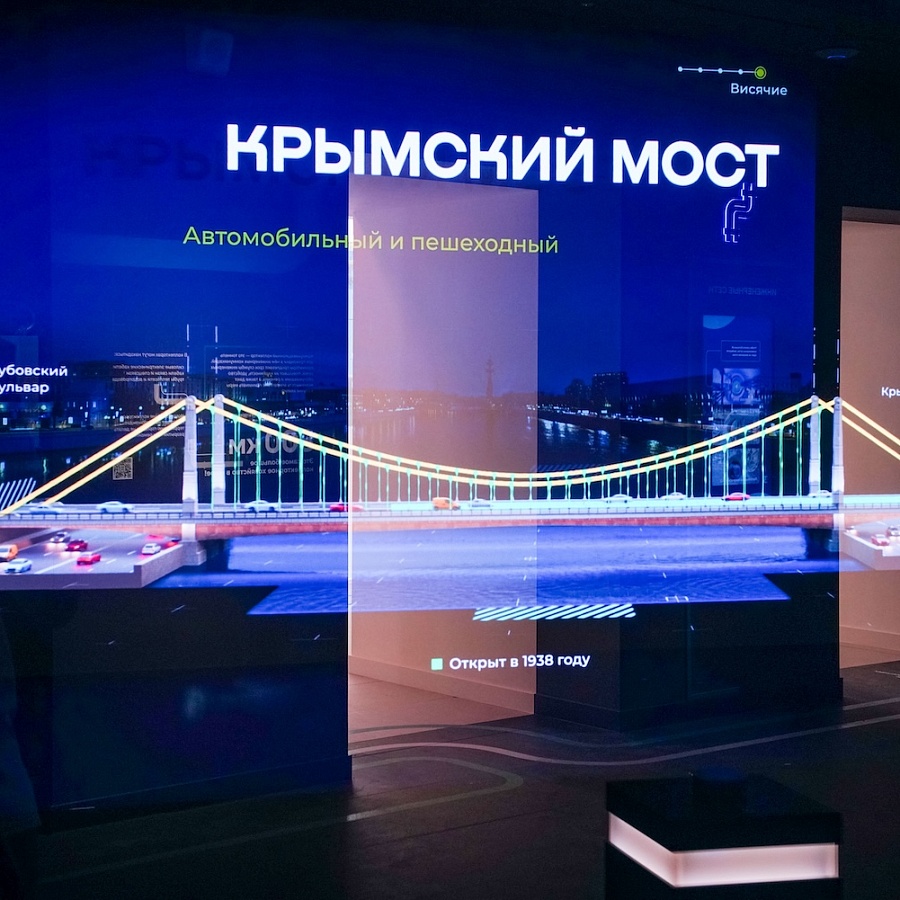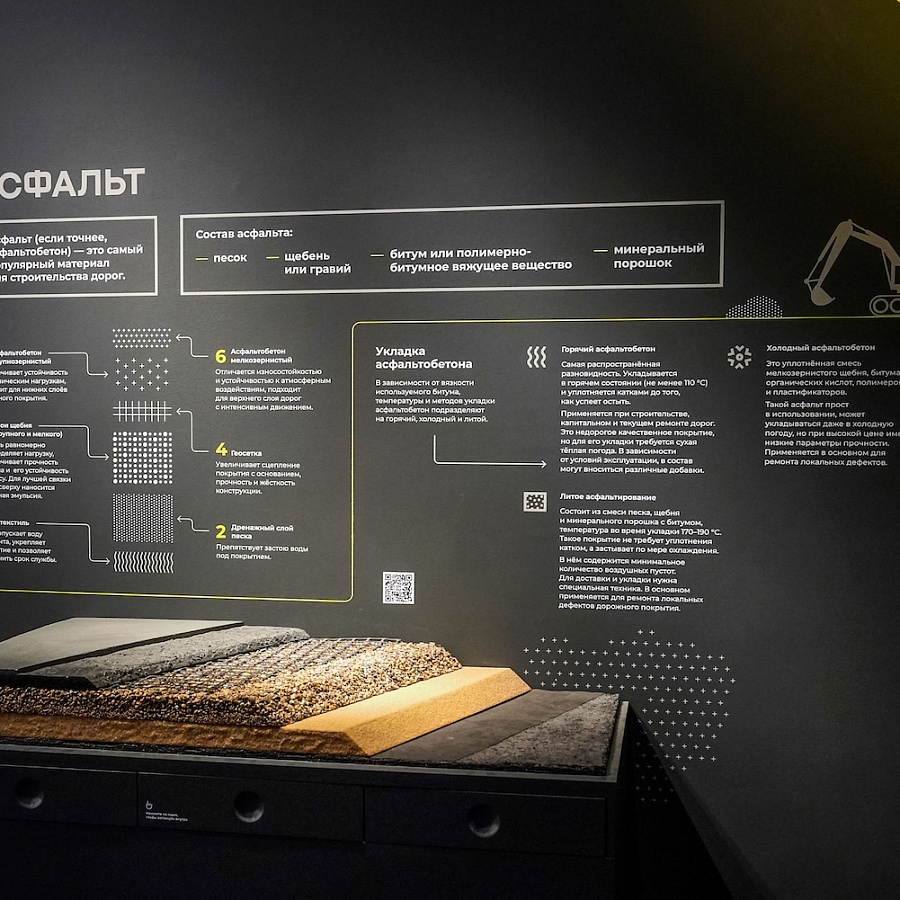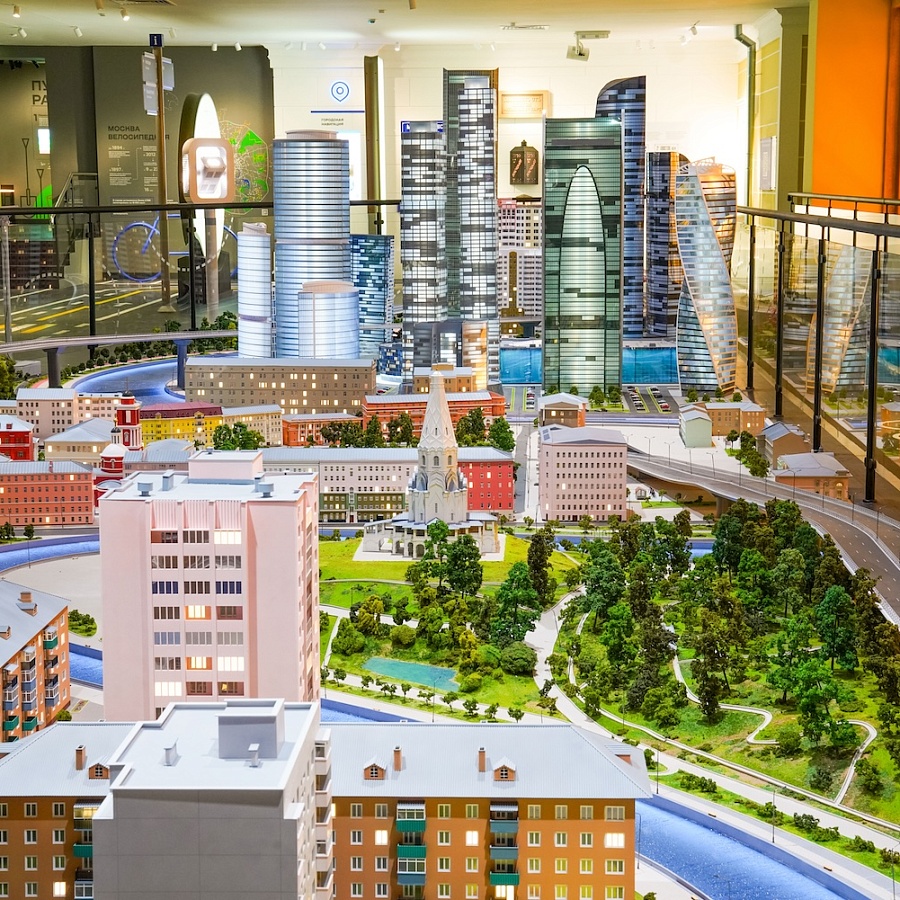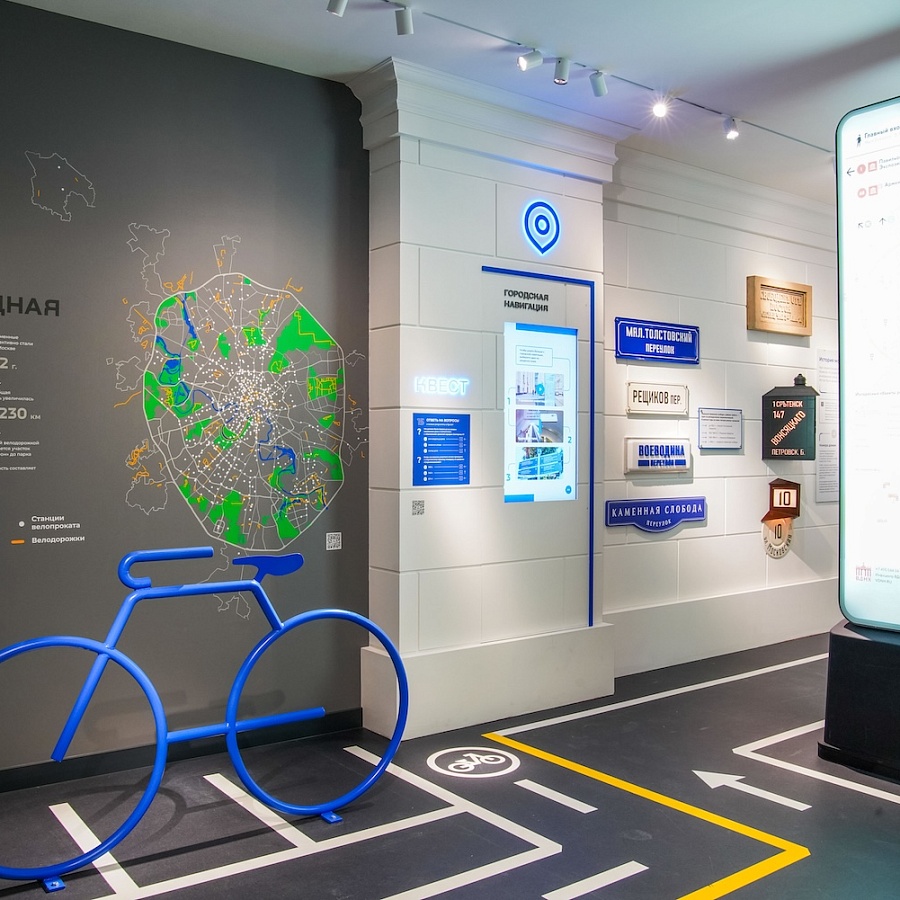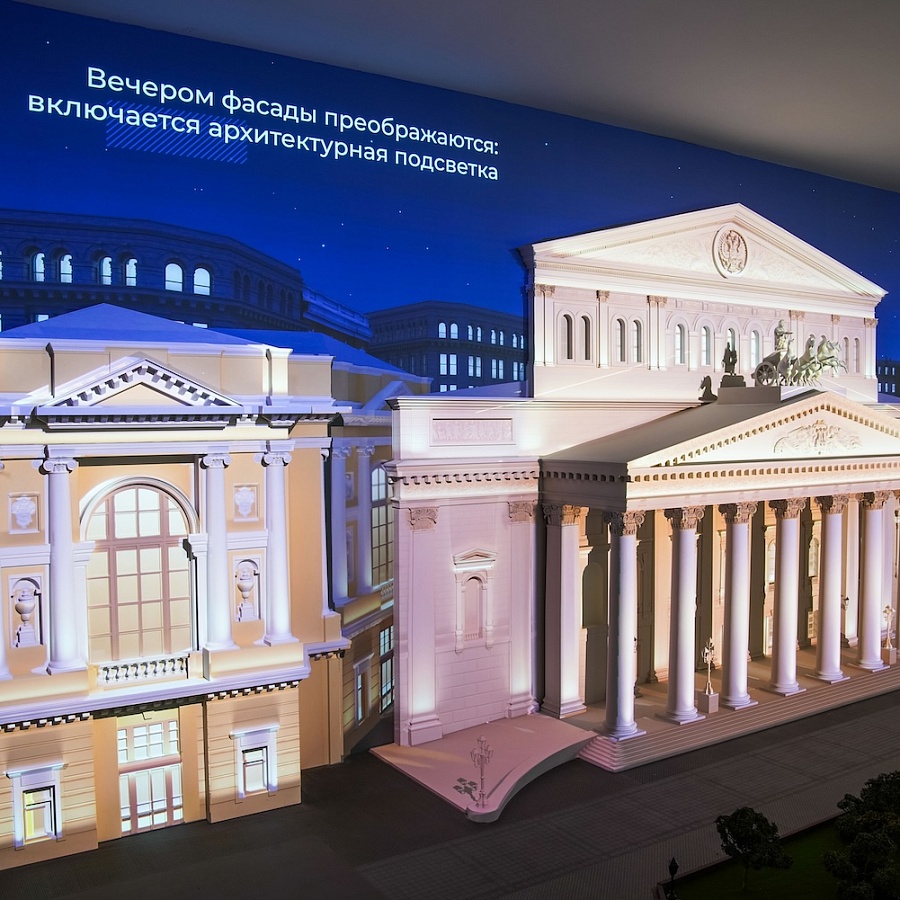
Heat Supply and Electricity Supply
A thermal power plant, or TPP, is where heat and electricity are generated.
The company "Mosenergo" is responsible for operating all TPPs in Moscow. Currently, it operates 15 TPPs, using the most environmentally friendly resource—natural gas—as fuel.
Our museum features a diagram of a TPP with a combined-cycle gas turbine unit. Such units are considered highly technological and efficient today. Let's trace all stages of electricity generation on the display.
At the TPP, gas is supplied via a pipeline to a gas turbine, where it combusts and, through a nozzle under high pressure, impacts the turbine blades. This causes the turbine rotation, transmitting motion to the generator's rotor, converting mechanical energy into electrical energy. To enhance combustion, air is supplied to the combustion chamber. Combustion gases exit through the chimney and disperse into the atmosphere.
Next, the combustion energy is utilized in a heat recovery boiler, where it heats water flowing through pipes into superheated steam. This steam enters a steam turbine, rotating its blades connected to the generator's rotor. Again, mechanical energy is converted into electrical energy, which is then delivered to consumers via power lines.
The steam exiting the turbine is directed to a condenser, where it cools and condenses back into water before returning to the boiler. Thus, water circulates continuously within the TPP. Any water losses are compensated by drawing water from rivers, which is pre-treated to remove impurities and salts.
At the TPP, water is artificially cooled in cooling towers. You can see how a cooling tower is constructed in our exhibit. Hot water is pumped upward and cascades down like a waterfall, cooling before returning to the TPP. The resulting steam forms clouds above the cooling tower. Essentially, a cooling tower is like a large pot of hot water and poses no harm to the environment.
In addition to electricity, TPPs also generate heat. Some of the steam from the steam turbine is directed to water heaters, where the heat carrier (water) is heated and then sent through the heating network to heating stations. There, water for hot taps and radiators is prepared.
In our hall, all pipes are visible, helping you understand how all communications are arranged. In the city, most pipes and wires are hidden in utility tunnels. Let's see how they are structured by visiting the next hall, "City."
-
The audio guide isn't playing. What should I do?
• Check the Device’s Sound. Ensure that your device’s volume is turned on and set to an adequate level.
• Check Your Internet Connection. Streaming audio requires a stable internet connection.
• Refresh the Page. Sometimes, simply refreshing the webpage can resolve the issue.
• Use a Different Browser. Try opening the page in another browser (e.g., Chrome, Firefox, Safari).
• Clear the Browser’s Cache. Go to your browser settings and clear the cache and cookies.
• Update Your Browser. Make sure you are using the latest version of your browser.
• Restart Your Device. Sometimes, a simple reboot can solve the problem.
-
The video with subtitles isn't loading or playing
• Check Your Internet Connection. The video requires a stable connection to load properly.
• Check for Updates. Ensure that your browser is updated to the latest version.
• Enable JavaScript. Some video features require JavaScript to be enabled. Check your browser settings.
• Disable Ad-Blocking Extensions. Sometimes, ad blockers can interfere with video loading. Try disabling them temporarily.
• Try Another Browser or Device. This can help determine if the issue is related to a specific browser or device.
• Restart Your Device. Sometimes, a simple reboot can solve the problem.
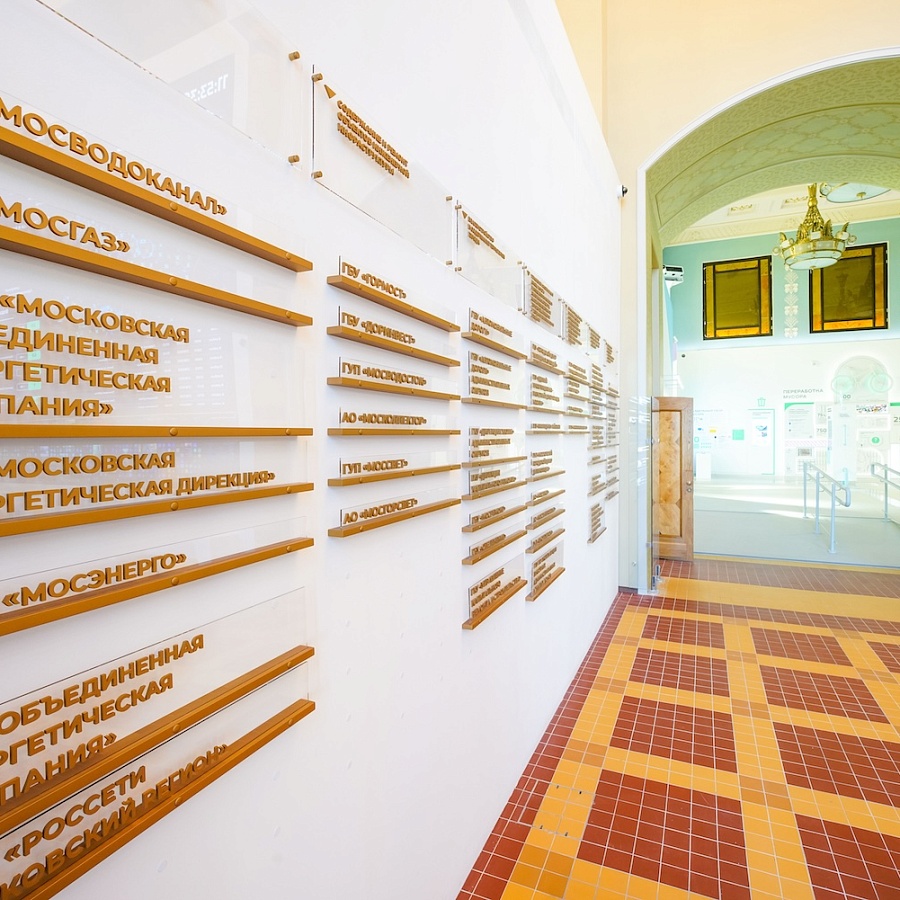
 (1).png)
